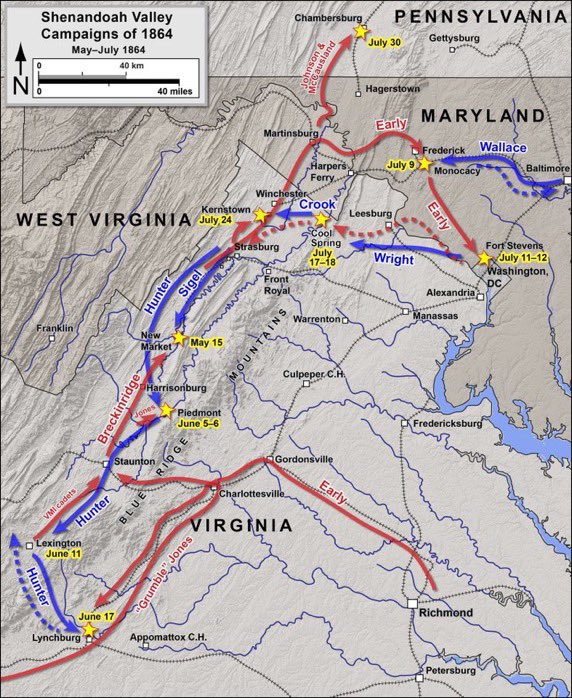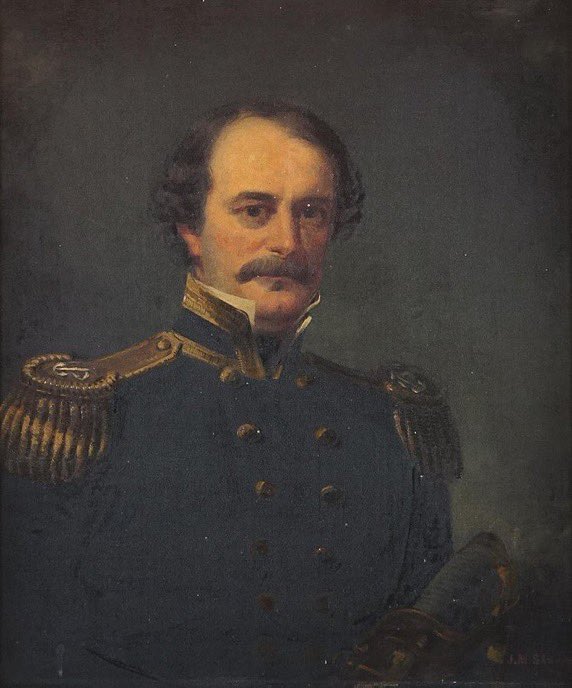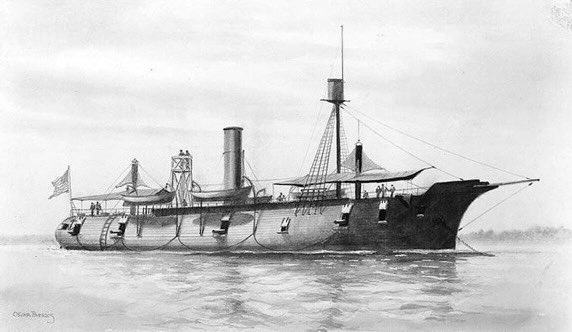Private Thornsbury Bailey Brown was born #OTD in 1829, in Taylor County, VA. That part of the state largely remained loyal to the United States at the outbreak of the #CivilWar, and would become part of the new state of West Virginia in a matter of weeks.🧵 

A member of the Grafton Guards militia, he was returning from a recruiting rally on May 22, 1861, when he encountered 3 confederates near Fetterman. The two groups exchanged fire, and Brown was killed, becoming the first @USArmy soldier killed by enemy fire during the Civil War. 

• • •
Missing some Tweet in this thread? You can try to
force a refresh

 Read on Twitter
Read on Twitter











































